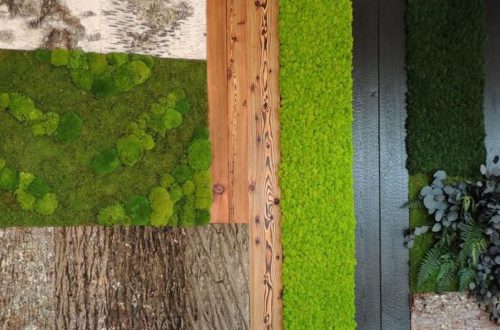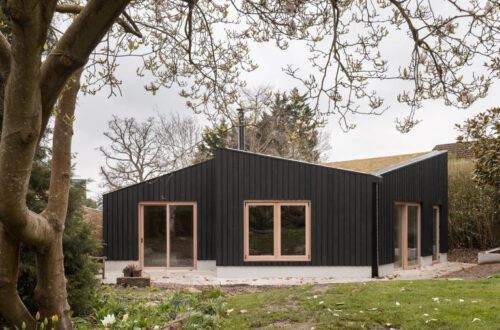Techniques
-
DIY Tips for Shou Sugi Ban
How should DIYers approach the Shou Sugi Ban process for the best results? For a durable burnt wood finish that will last 50 years or more, follow these Shou Sugi Ban application tips: Apply on softwoods only. As a result of its porous nature, cedar—Japanese cedar in particular—readily chars to the depth needed for a protective and appealing burnt wood finish. However, other softwoods, including pine and fir, are also good candidates. Avoid hardwoods, such as teak or walnut, which are denser and don’t char as readily. Skip the sanding. Because burning the wood surface removes any existing rough patches, there’s no need for sanding the wood before scorching it. If, however,…
-
The Appeal of a Burnt Wood Finish
This Old House’s Bob Vila addresses the hottest trend in design—which is also an ancient Japanese technique— and offers his list of surprising benefits for siding, furniture, and more. Whether you’re ready to build a new wood deck, furniture, or wood wall paneling—or aim to spruce up existing ones—you’ll ultimately want both beauty and longevity. While chemical preservatives can be applied to untreated wood to prolong its life, and stain or paint can enhance visual appeal, these time-consuming treatments must be undertaken separately. Home improvement guru, Bob Vila, wonders why not consider shou sugi ban (pronounced shoh shoo-gee bahn), a much-buzzed-about technique that allows any DIYer comfortable with using a blowtorch to fortify and beautify…
-
The Birth Of A Wooden House
For anyone interested in exquisite woodcraft, this documentary movie from Northmen: The Northern Guild of Master Craftsmen uncovers the process of building a wooden house with hand tools and local materials – starting with finding timber in the local forest till finishing the living space. “To preserve the wood from the spoiling, fame posts, sills, top beams and final cladding boards are treated with fire and pine tar mixed with Tung oil. This wood preservation technique was adapted from the Japanese traditional wood preservation technique Shou Sugi Ban (焼杉板).” Master Craftsman “I built my house from trees that I felled with an axe and two man crosscut saw in my…
-
Craftsman Creates Stylish Exteriors with Shou Sugi Ban
An increasing number of Western architects and designers these days create arresting exteriors using a process known as shou sugi ban, a centuries-old Japanese technique for preserving and finishing wood by charring it with fire. The treatment — which leaves behind a dense, carbonized layer of blackness — has been around since at least the 18th century, though earlier examples exist. It began as a practical process used mostly for fencing and the facades of rural homes and storehouses, which held valuables, like rice, that families hoped to protect from blazes. Interestingly, while it is no longer as popular as it once was in Japan, it’s found new life in the…
-
Architectural Digest on Shou Sugi Ban Benefits
Use Shou Sugi Ban to Waterproof Wood Furniture Shou sugi ban (焼杉板) is the art of preserving and finishing wood using fire. While shou sugi ban (焼杉板) originated in Japan in the 18th century primarily as way to treat cedar siding to make it weatherproof, the technique—which involves charring a wood surface to render it a deep charcoal-black—has caught on recently as a treatment for contemporary exteriors and indoor furnishings alike. You can even find variations elevated to fine art, as in the work of the artist Maarten Baas. The gravitas imparted by the process and finished result (also called yakisugi) are undeniable, a blackening of the wood that reveals clean, distinct lines and an inherent…



















